Nutrient Management in Forests
- September 17, 2024
- 0 comment
Nutrient management plays a critical role in sustaining forest ecosystems. Forests require a balanced supply of essential nutrients to maintain tree health, promote growth, and ensure long-term productivity. As trees and vegetation grow, they draw nutrients from the soil, which can eventually become depleted if not replenished. Fertilization, therefore, becomes a vital practice to restore soil fertility, especially in managed forests where timber production, habitat restoration, and reforestation efforts are primary goals.
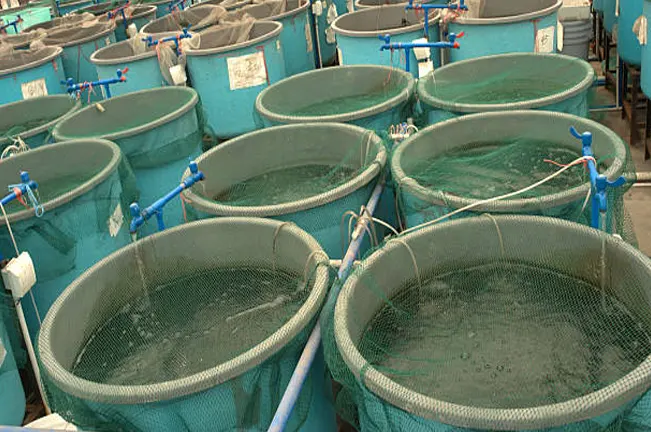
In forestry, fertilization is not just about enhancing growth but about maintaining the intricate balance between the soil, trees, and the surrounding ecosystem. Proper nutrient management supports healthier trees, which in turn contribute to the overall resilience and biodiversity of forest ecosystems. By ensuring that forests receive adequate nutrients, foresters can promote not only tree growth but also the ecosystem services forests provide, such as carbon sequestration, water regulation, and wildlife habitat.
Table of Content
- Key Nutrients Required for Forest Growth
- Soil Testing and Nutrient Assessment in Forests
- Types of Fertilizers Used in Forestry
- Fertilization Techniques in Forest Management
- Environmental Impacts of Forest Fertilization
- The Role of Fertilization in Forest Restoration and Reforestation
- Monitoring and Adapting Nutrient Management Strategies
- Challenges and Solutions in Forest Fertilization
- Future Trends in Forest Nutrient Management
- FAQs
Nutrients Required for Forest Growth
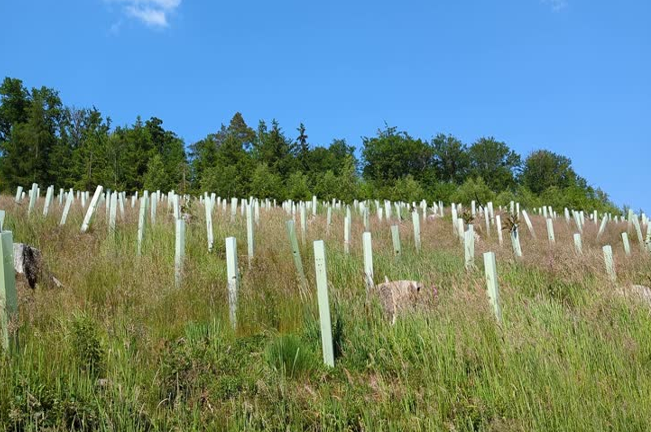
Forests rely on a variety of nutrients to thrive, with certain macronutrients playing a particularly important role. The most critical macronutrients for tree growth are Nitrogen (N), Phosphorus (P), and Potassium (K), often referred to as NPK in fertilizers.
- Nitrogen (N) is essential for leaf and stem development, aiding in photosynthesis and the overall growth process.
- Phosphorus (P) promotes root growth and energy transfer within the tree, contributing to the tree’s resilience and reproductive success.
- Potassium (K) helps regulate water and nutrient transport within trees, enhancing their ability to withstand stress from drought, disease, and pests.
In addition to these macronutrients, forests also require micronutrients such as Calcium, Magnesium, Zinc, and Iron, albeit in smaller quantities. These nutrients play specific roles in supporting various physiological processes, such as enzyme activation, photosynthesis, and cell structure maintenance. A deficiency in any of these nutrients can lead to stunted growth, poor health, and reduced forest productivity.
Soil Testing and Nutrient Assessment in Forests
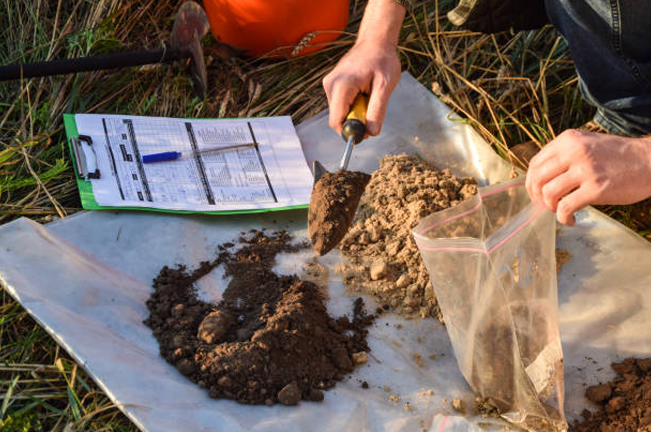
Before applying fertilizers, it’s crucial to conduct soil testing to assess nutrient levels and identify any deficiencies. Soil testing provides valuable insights into the current health of the soil, allowing foresters to make informed decisions about the type and quantity of fertilizers required.
There are several methods for assessing soil nutrient levels, including chemical soil analysis, which measures the concentration of nutrients, and biological assessments, which evaluate soil microbial activity. By interpreting the results of soil tests, foresters can determine the specific nutrients that need to be supplemented and avoid over-fertilization, which can harm the environment.
Types of Fertilizers Used in Forestry
Fertilizers used in forestry come in various forms, each with its advantages and drawbacks. The two main categories of fertilizers are organic and synthetic.
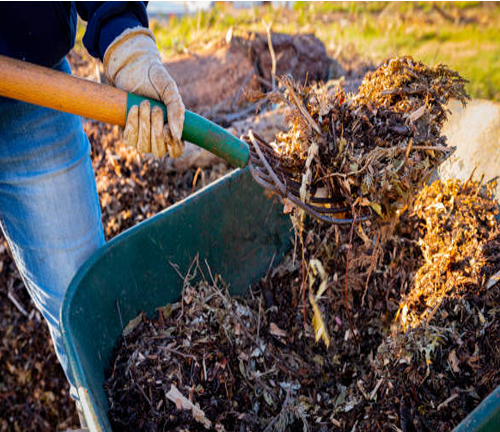

- Organic fertilizers, such as compost, manure, or biochar, are derived from natural materials and release nutrients slowly over time. They enhance soil structure and microbial activity, making them ideal for long-term soil health.
- Synthetic fertilizers, on the other hand, are chemically manufactured and provide a quick release of nutrients. They are often formulated to target specific nutrient deficiencies, but their overuse can lead to nutrient runoff and environmental pollution.
Innovative fertilizer technologies are also emerging in forestry. Biochar, a form of charcoal made from organic materials, improves soil retention and nutrient availability. Similarly, microbial fertilizers introduce beneficial microorganisms into the soil, boosting nutrient uptake and promoting healthier tree growth.
Fertilization Techniques in Forest Management
Several fertilization techniques are employed in forestry, each designed to maximize efficiency and minimize environmental impact:
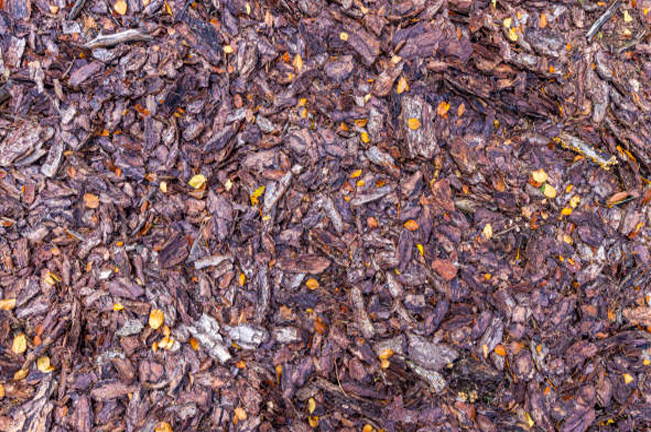
- Broadcasting involves spreading fertilizers over a wide area, making it suitable for large forest tracts.
- Banding applies fertilizers in concentrated strips near tree roots, ensuring that nutrients are delivered directly where needed.
- Spot fertilization targets individual trees, particularly young saplings, to ensure they receive adequate nutrients during their critical growth phases.
The timing and frequency of fertilization vary depending on the tree species and growth stage. Younger trees may require more frequent applications, while mature trees benefit from periodic nutrient boosts. Following best practices, such as applying fertilizers during the growing season, ensures that trees can effectively absorb the nutrients.
Environmental Impacts of Forest Fertilization
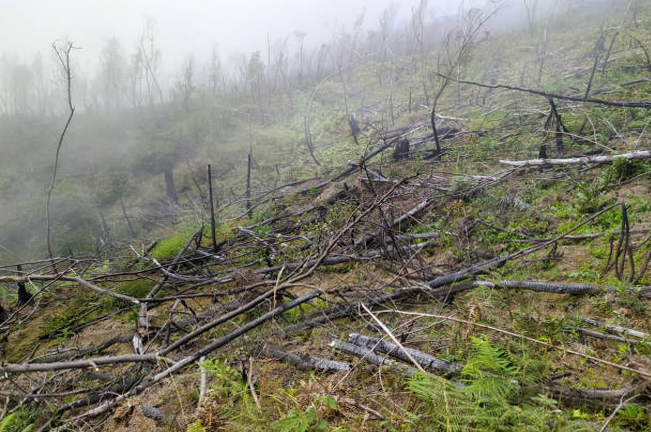
While fertilization is beneficial for tree growth, it can have negative environmental consequences if not managed properly. Over-fertilization can lead to nutrient runoff, where excess nutrients are washed into nearby water bodies, causing water pollution and harmful algal blooms. Nitrogen leaching into groundwater can also pose risks to drinking water supplies.
To minimize these risks, foresters must carefully balance fertilization with sustainable forest management practices. Strategies such as applying fertilizers in controlled doses, using slow-release formulations, and incorporating buffer zones near water bodies can help reduce the environmental impact while promoting forest productivity.
The Role of Fertilization in Forest Restoration and Reforestation
Fertilization plays a key role in reforestation and forest restoration efforts, particularly in areas where soil fertility has been depleted. Nutrient management supports the establishment and growth of young trees, increasing the success rate of reforestation projects. In degraded forests, applying fertilizers helps rehabilitate nutrient-poor soils, allowing trees to thrive and regenerate the ecosystem.
Many successful forest restoration projects have integrated fertilization as part of their nutrient management strategies. For instance, rehabilitating abandoned agricultural land often requires significant soil amendments to restore fertility before trees can be planted. Fertilization helps accelerate the restoration process, ensuring that forests recover more quickly.
Monitoring and Adapting Nutrient Management Strategies
Nutrient management is not a one-time task but an ongoing process that requires regular monitoring of forest health. By tracking tree growth, soil nutrient levels, and overall ecosystem health, foresters can adapt their fertilization strategies to changing conditions.
Adaptive management techniques are essential, especially in response to unexpected challenges such as pest infestations, drought, or climate change. Advances in technology, such as remote sensing and soil data analysis, are making it easier for foresters to monitor nutrient levels and adjust fertilization practices accordingly.
Challenges and Solutions in Forest Fertilization
One of the major challenges in forest fertilization is the cost and accessibility of fertilizers, particularly for small-scale forestry operations in remote areas. Transporting fertilizers to these locations can be expensive, and some foresters may lack the technical knowledge to apply them effectively.
To address these challenges, governments and forestry organizations offer incentives and training programs to support nutrient management in forests. Additionally, innovative solutions such as precision forestry and the development of more affordable, eco-friendly fertilizers are making fertilization more accessible and sustainable.
Future Trends in Forest Nutrient Management
The future of forest fertilization is likely to be shaped by emerging trends in sustainable practices and innovative technologies. The development of eco-friendly fertilizers, such as those based on organic waste or microbial technologies, is gaining traction. These fertilizers not only minimize environmental harm but also enhance long-term soil health.
Furthermore, precision forestry, which uses data-driven approaches to manage nutrient levels more efficiently, is becoming increasingly important. As climate change impacts forests globally, nutrient management strategies will need to adapt to ensure that forests continue to thrive in changing conditions.
Frequently Asked Questions (FAQs)
1. What is forest fertilization, and why is it important?
Forest fertilization involves the application of nutrients to the soil to enhance tree growth and maintain forest health. It is important because it replenishes depleted nutrients, supports long-term forest productivity, and helps in ecosystem restoration and reforestation efforts.
2. What are the essential nutrients required for forest growth?
The key nutrients required for tree growth are macronutrients like Nitrogen (N), Phosphorus (P), and Potassium (K). Trees also need micronutrients such as Calcium, Magnesium, Zinc, and Iron, which support specific physiological processes like photosynthesis and cell structure.
3. How do you determine if a forest needs fertilization?
Soil testing is conducted to assess nutrient levels and identify deficiencies. This involves taking soil samples and analyzing them for key nutrients to determine whether fertilization is needed and which nutrients should be supplemented.
4. What types of fertilizers are used in forestry?
Forestry uses both organic and synthetic fertilizers. Organic fertilizers, such as compost and biochar, release nutrients slowly and improve soil health. Synthetic fertilizers provide immediate nutrient boosts but need to be applied carefully to avoid environmental harm.
5. What are the common fertilization techniques used in forest management?
Common fertilization techniques include broadcasting (spreading fertilizer over a large area), banding (applying it in strips near tree roots), and spot fertilization (targeting individual trees). The choice of method depends on the forest’s size, tree species, and growth stage.
6. Can forest fertilization harm the environment?
Yes, improper fertilization can lead to environmental issues such as nutrient runoff, water pollution, and nitrogen leaching into groundwater. To minimize these risks, it’s essential to use the right amounts of fertilizer and follow sustainable fertilization practices.
7. How does fertilization contribute to reforestation and forest restoration?
Fertilization helps restore soil fertility in degraded areas, supporting the successful establishment of young trees in reforestation projects. It also enhances tree growth, which accelerates forest recovery and contributes to ecosystem restoration.
8. How often should forests be fertilized?
The frequency of fertilization depends on the tree species, growth stages, and soil nutrient levels. Younger trees may require more frequent fertilization, while mature trees may benefit from periodic applications based on soil tests and monitoring.
9. What are the challenges in forest fertilization?
Challenges include the cost and accessibility of fertilizers, especially in remote areas, and the risk of over-fertilization. Ensuring the right application method and understanding soil health are also critical for successful nutrient management.
10. What trends are shaping the future of forest fertilization?
Emerging trends include the development of eco-friendly fertilizers, such as microbial and biochar-based options, and the adoption of precision forestry techniques that optimize nutrient management through data-driven approaches. Additionally, climate change will influence future nutrient strategies for forests.

Gilbert Griffin
Forestry AuthorGilbert Griffin is a forest management expert specializing in sustainable practices, forest health, conservation, and land management. With extensive knowledge in pest control, disease management, and habitat restoration, Gilbert develops strategies to preserve forest ecosystems and biodiversity. Passionate about the natural world, Gilbert adapts to changes in forest management and stays updated through continuous learning. Gilbert also provides seasonal advice to optimize forest care throughout the year.


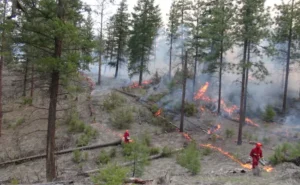
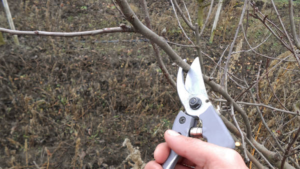






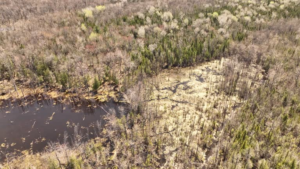
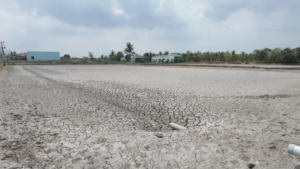
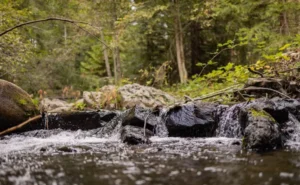
Leave your comment